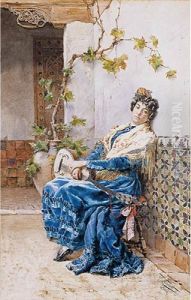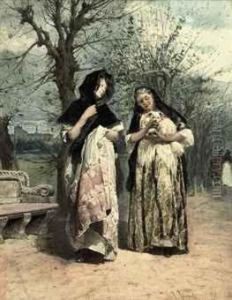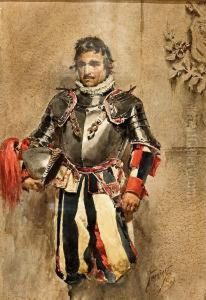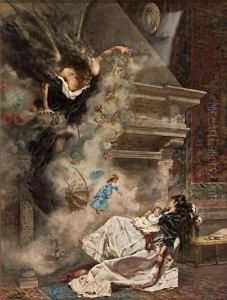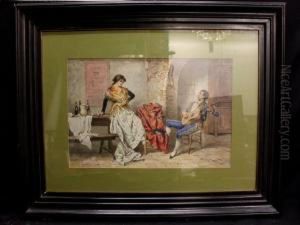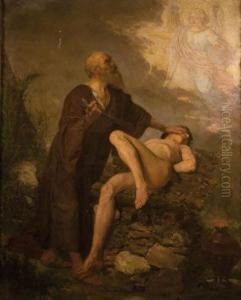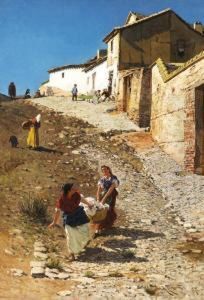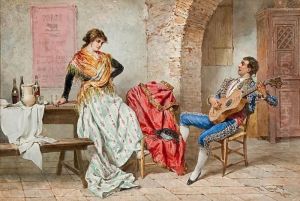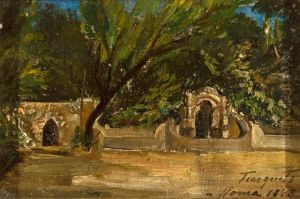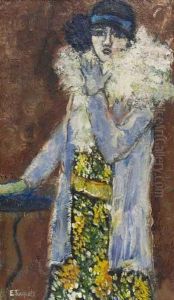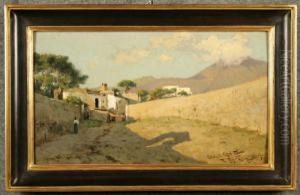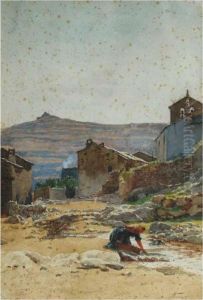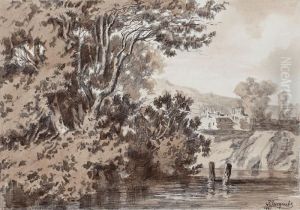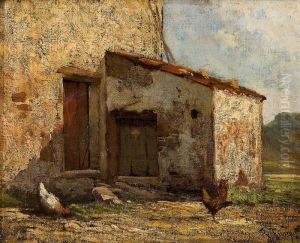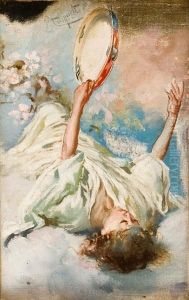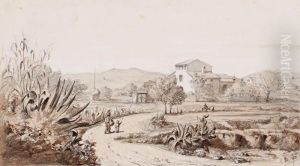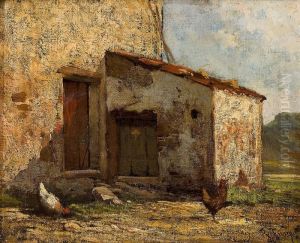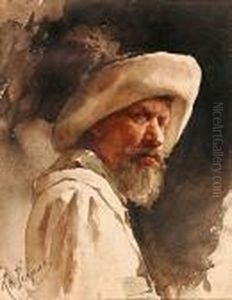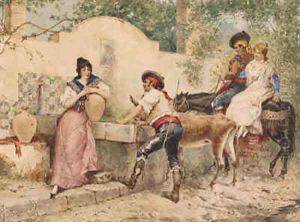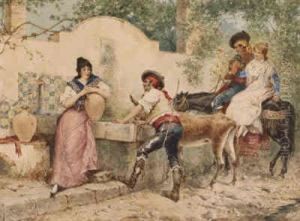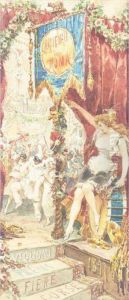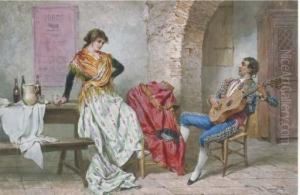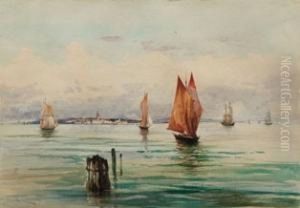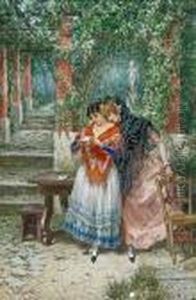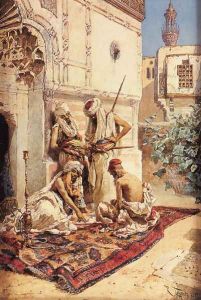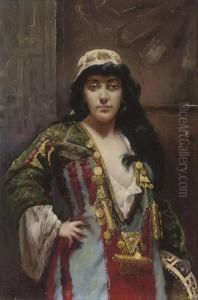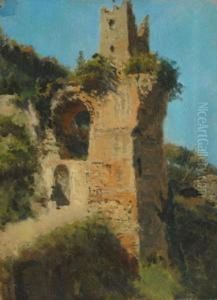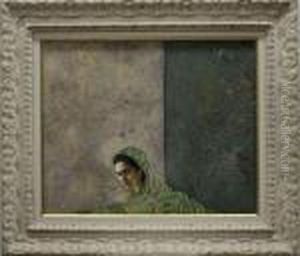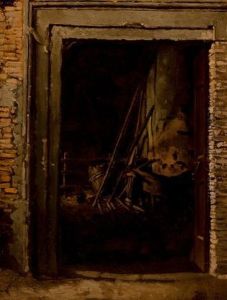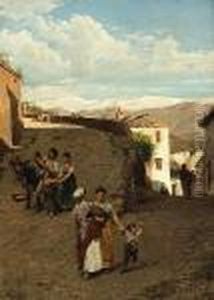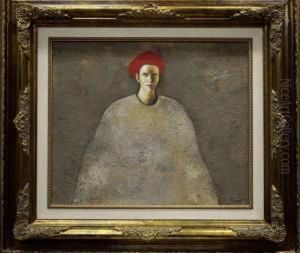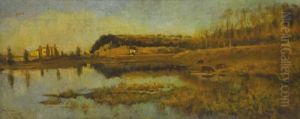Ramon Tusquets y Maignon Paintings
Ramon Tusquets y Maignon was a Spanish artist and architect, born in 1837 in Barcelona, Catalonia. He is best known for his contributions to the Catalan Renaixença movement, which was a cultural revival of Catalan identity and traditions during the 19th century. Tusquets y Maignon was educated in Barcelona and later in Paris, where he was influenced by French art and architecture. His work often blended elements of Gothic and Renaissance styles, which was a signature of the Renaixença aesthetic.
Tusquets y Maignon's career was multi-faceted; he was not only an architect but also a painter and designer. As an architect, he was involved in the design of several important buildings in Barcelona. Among his architectural works, the most notable is perhaps the Casa Tomas Roger, which showcases his ability to blend historical styles with the needs of modern architecture.
As a painter, Tusquets y Maignon created works that were in line with the romantic and realistic styles of his time. His paintings often depicted historical and religious subjects, landscapes, and portraits. He was part of the cultural milieu of Barcelona that included artists, writers, and thinkers who were all engaged in the project of Catalan cultural revival.
In addition to his architectural and artistic work, Tusquets y Maignon also contributed to the decorative arts, designing furniture and objects that reflected the Renaixença's interest in craftsmanship and local heritage. His designs often incorporated motifs from Catalan history and folklore, marrying function with cultural expression.
Ramon Tusquets y Maignon passed away in 1904. His legacy is preserved in the works he left behind, which continue to be celebrated as part of the rich cultural tapestry of Catalonia. He remains a respected figure in the history of Catalan art and architecture, and his contributions to the Renaixença movement have had a lasting impact on the region's cultural identity.
